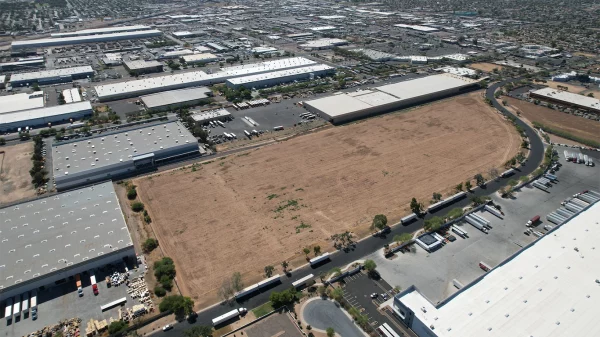
By John Broder
The New York Times
President Obama’s 2009 stimulus package included the largest single piece of energy legislation in American history, a $90 billion money pile for energy projects from the mundane to the exotic.
In less than three years, it financed construction of solar and wind farms, doubling renewable electricity generation. It paid for the installation of 13 million “smart” electrical meters, a start to modernizing the country’s electrical grid. It paid to weatherize a million homes, saving low-income families an average of $400 a year on their utility bills. It provided a spark for the domestic electric vehicle industry, financing construction of more than two dozen advanced battery factories. And it provided the seed money for what may emerge as a new industry in America: the production of liquid fuel from bacteria and other microorganisms.
The spending package provided billions for high-speed rail and mass transit, for job training and for carbon capture demonstration projects.
But the stimulus money is almost all gone, leaving many of these projects without a government benefactor and making them orphans in a competitive marketplace dominated by the deep-pocketed fossil fuel industries.
What happens now?
Also: Voters in poll support solar energy incentives/ Bloomberg BNA
Hurricane Sandy Uncovers Strength and Simplicity of Renewable Energy Systems/Renewable Energy World
If you’d like to discuss energy issues, contact Court Rich, crich@roselawgroup.com










